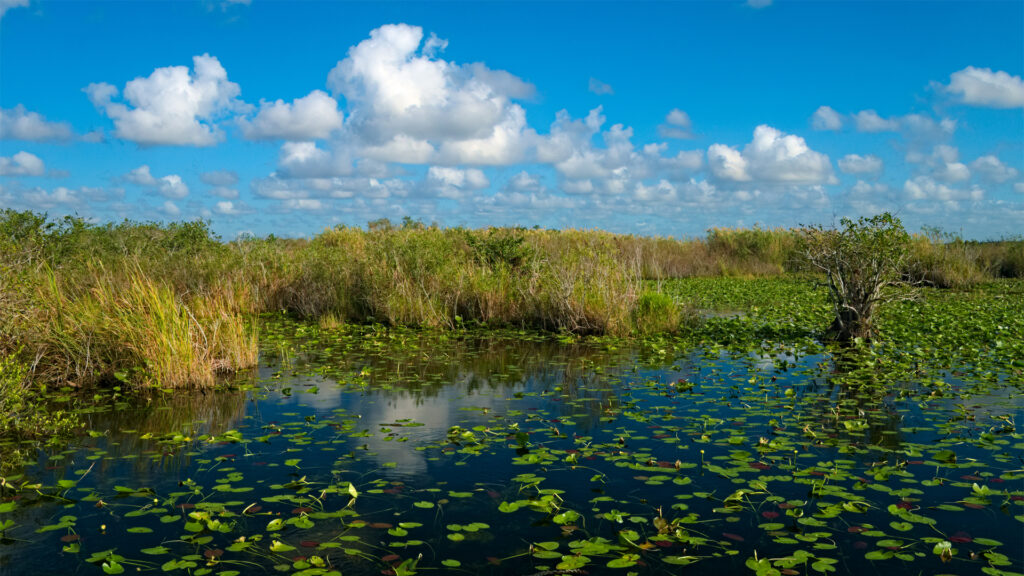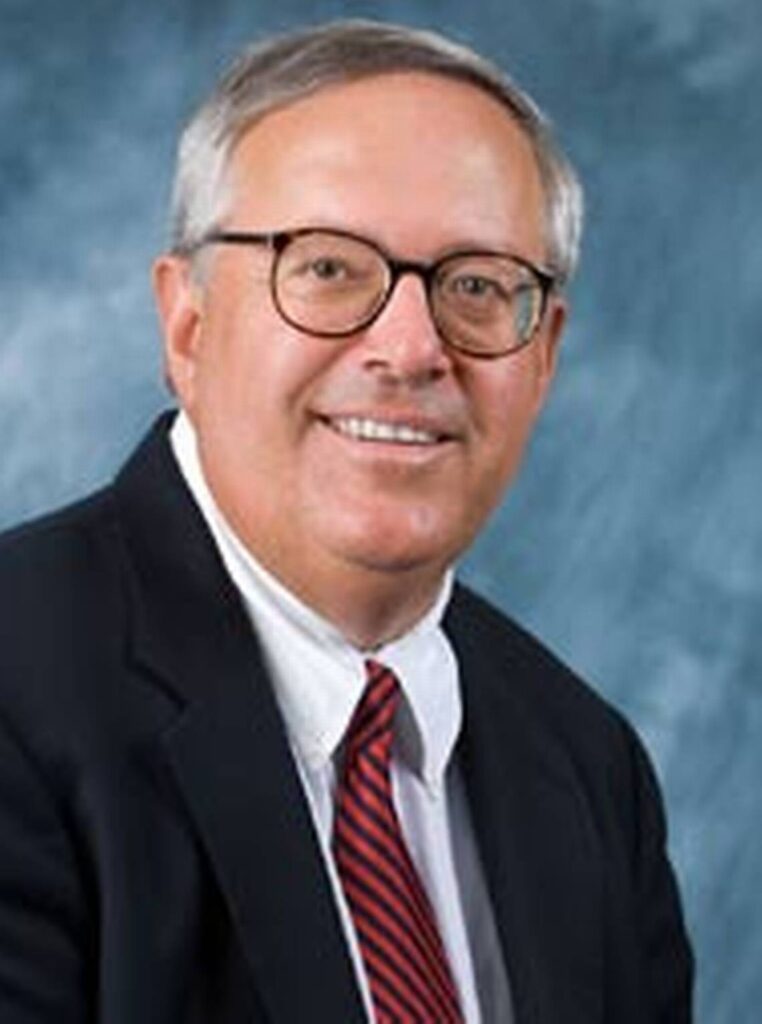By Eric Buermann
Our family, including my two daughters who are sixth-generation Miamians, cherishes the Everglades. Their great-great-great-grandfather, Rev. William Stanton, was the first Baptist minister in Miami. He preached in the late 1890s under a tent on the banks of the Miami River, where pristine waters then flowed from the Everglades into Biscayne Bay.
Today, that clean water flow has been seriously impaired, jeopardizing not only the paradise residents and tourists enjoy, but also South Florida’s water supply.
During my tenure as chairman of the South Florida Water Management District, I saw little evidence that the all-important Everglades Agricultural Area Reservoir (EAA) would be completed in my lifetime.
I say “all-important,” because that’s exactly what the EAA Reservoir is — a facility built south of Lake Okeechobee to store and clean lake runoff so it can be safely sent south to hydrate the Everglades and protect the public’s water supply. This project is the linchpin for every other Everglades restoration effort.

Once the EAA Reservoir, and its associated stormwater treatment areas, are in operation, harmful discharges from Lake Okeechobee to the Caloosahatchee and St. Lucie Rivers will be significantly reduced. Current discharges cause toxic blue-green algae and exacerbate red tide along the coasts. What a waste of water.
The Everglades is parched for much of the year, and drought conditions devastate wildlife habitat and compromise the availability of the public’s water supply. The Everglades recharges the Biscayne Aquifer, which supplies drinking water to southern Palm Beach, Miami-Dade County, Broward County and the Keys.
Farther south, what’s left of the water is needed to restore the salinity balance of Florida Bay, once one of the world’s greatest estuarine fisheries.
Yet, in all my efforts on behalf of the water management district and in all my meetings in Tallahassee and in Washington, I rarely heard an encouraging word about this vital project. It was too big, it was too expensive and it used land that was needed by Big Sugar. Name the objection, I’ve heard it.
That’s why I was elated when the Florida Legislature committed to building the EAA Reservoir in 2017 through the passage of Senate Bill 10.
The momentum continued in Washington, with the Water Resources Development Act of 2018, which identified the EAA Reservoir in the Integrated Delivery Schedule of projects authorized by the Comprehensive Everglades Restoration Plan.
It was not until Gov. Ron DeSantis was elected, however, that the planets finally aligned. Using money approved by the voters for environmental projects, DeSantis committed more than $3 billion to fund the state’s share of the project in his first term. He now has pledged a like investment over the next four years.
Everglades restoration is a 50-50 state-federal undertaking, and Tallahassee’s commitment has inspired Washington to act. The state has nearly completed construction of the 6,500-acre stormwater treatment area that will be adjacent to the reservoir, and Army Corps of Engineers’ contractors have broken ground on the EAA Reservoir itself.
This project is extraordinary and desperately needed. The few detractors need to realize that there will always be uncertainties, and we need to work together to address them. However, now is not the time to stall what everyone acknowledges is necessary. Those who truly advocate for the restoration of the Everglades know to celebrate the victories when they are achieved. We must store, clean and send water south from Lake Okeechobee to Florida Bay.

The EAA Reservoir has undergone more than two decades of study by engineers, scientists and hydrologists. The concerns being raised today were considered long ago. For instance, a 15,000-acre flow equalization basin stands ready to supplement the 6,500-acre stormwater treatment area, if necessary.
Planning is done. We have momentum, we have money and we must move forward.
One doesn’t need to be an expert in science to appreciate how rare this opportunity is for the Everglades. The sun, the moon and the stars have finally lined up for the EAA Reservoir. It is time to be unified. To get the water flowing, we need to keep the money flowing.
Eric Buermann was chairman of the Miami River Commission and the South Florida Water Management District (2007-2012). He has been appointed by Gov. Ron DeSantis as a commissioner with the Florida Environmental Regulation Commission in Tallahassee. This opinion piece was originally published by the Miami Herald, which is a media partner of The Invading Sea.



